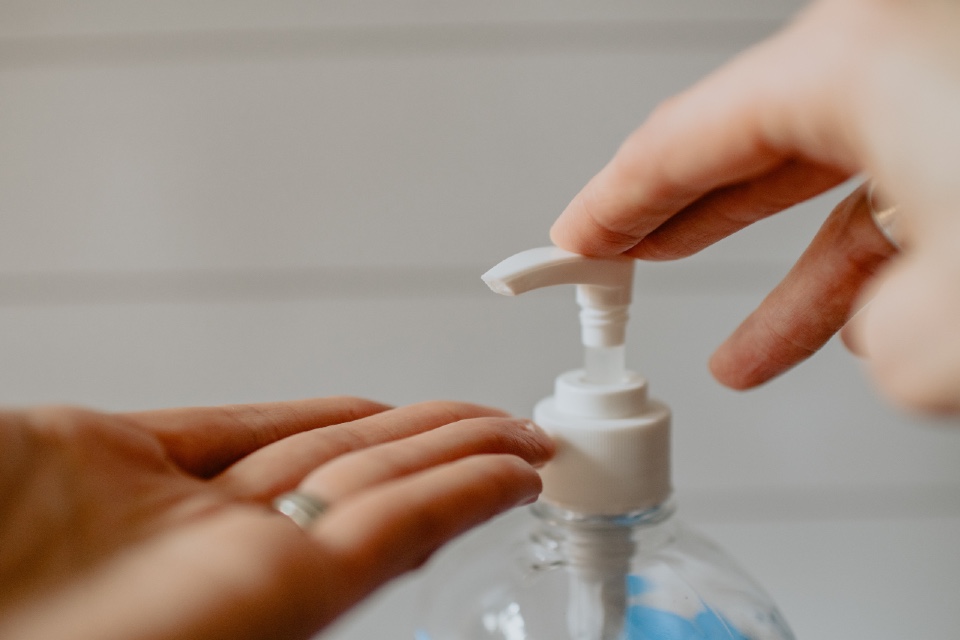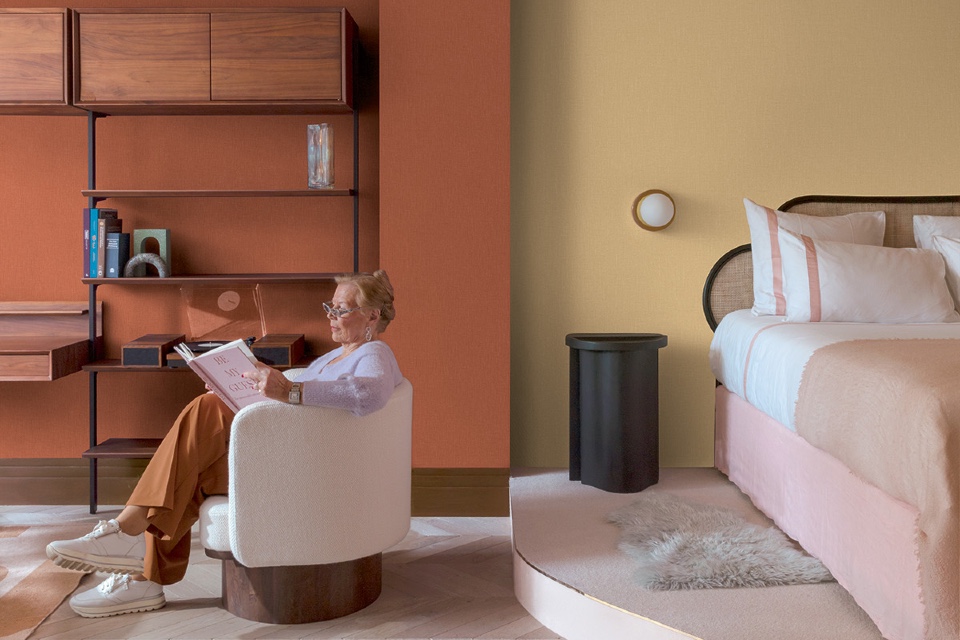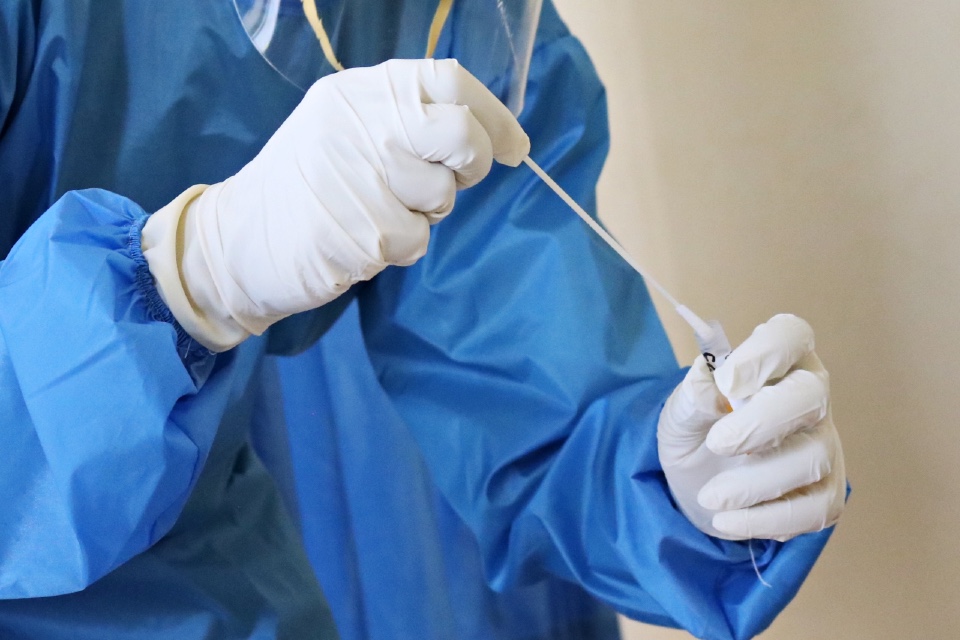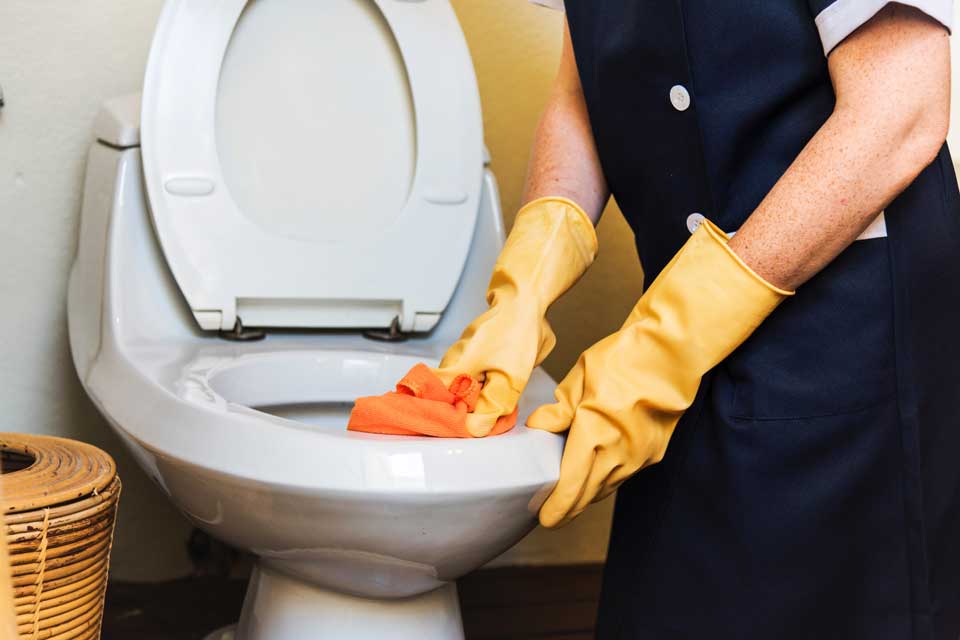Prompted by heightened awareness of infection risks, notably due to the COVID-19 pandemic, care homes have had to rapidly adapt and implement more stringent hygiene protocols. Here we explore the key trends in infection control within UK, highlighting how they are responding to new challenges to protect their residents, based in insights from attendees at the Care Forum…
1. Enhanced Cleaning Protocols
One of the most noticeable changes has been the intensification of cleaning protocols. Care homes have increased the frequency and thoroughness of cleaning routines, focusing particularly on high-contact surfaces like door handles, light switches, and communal areas. The use of stronger, hospital-grade disinfectants has become more commonplace, ensuring a higher level of sanitation.
2. Adoption of Technology for Hygiene Monitoring
Technological solutions are increasingly being utilised for hygiene monitoring and management. This includes the use of electronic systems to track cleaning schedules, ensuring all areas are regularly and thoroughly cleaned. Some care homes have started using UV light for disinfection, while others have implemented sensor-based hand sanitiser dispensers to encourage regular use among residents, visitors, and staff.
3. Staff Training and Awareness
There has been a significant focus on staff training and awareness. Care home staff are being extensively trained in infection control practices, including the proper use of Personal Protective Equipment (PPE), hand hygiene, and the safe disposal of potentially contaminated materials. This training is crucial in maintaining high hygiene standards and preventing the spread of infections.
4. Visitor Screening and Control Measures
Visitor screening has become a standard procedure in many care homes. This often includes health questionnaires, temperature checks, and sanitisation upon entry. In some cases, care homes have limited the number of visitors or implemented scheduled visiting hours to control the flow of people and reduce the risk of infection.
5. Emphasis on Resident Hygiene
Attention to resident hygiene has also intensified. Care homes are ensuring that residents are regularly assisted with personal hygiene, particularly those who are less mobile or have cognitive impairments. This focus extends to laundry practices, with increased attention to the regular and thorough washing of residents’ clothing and bedding.
6. Utilisation of Single-Use Items
To minimise cross-contamination, there has been a shift towards the use of single-use items, especially in dining services. Disposable cutlery, plates, and cups are being used more frequently to prevent the spread of germs.
7. Adoption of Isolation Protocols
Finally, care homes have developed clear isolation protocols to manage residents who show symptoms of infectious diseases. This includes designated isolation areas and specific procedures for care and support of these residents, to prevent the spread of illness to others in the home.
Conclusion
The approach to hygiene control in UK care homes has seen significant advancements in response to recent challenges. Enhanced cleaning protocols, the adoption of technology, staff training, visitor controls, resident hygiene focus, use of single-use items, and isolation protocols are all part of a comprehensive strategy to maintain a safe and hygienic environment. These measures are not only crucial for tackling current concerns but also lay a foundation for continued vigilance in hygiene control in the future.
Are you researching Hygiene Control solutions for your care homes? The Care Forum can help!
Photo by Kelly Sikkema on Unsplash






